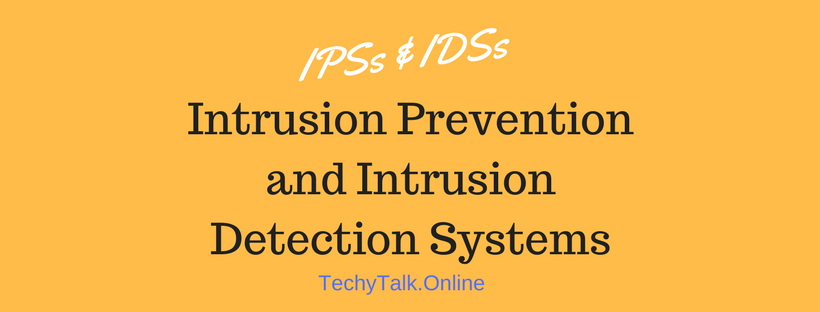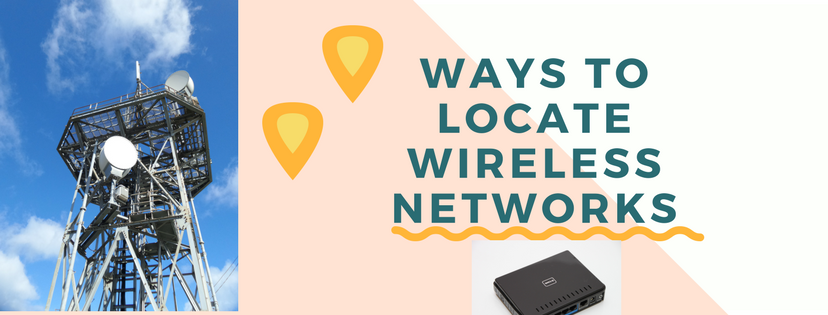
VIRTUALIZATION AND DISTRIBUTED COMPUTING
Virtualization and distributed computing have revolutionized the computing world, bringing the wholesale changes to the applications, services, system data, and the data centers.
VIRTUALIZATION
Virtualization adds software between an operating system and the underlying computer hardware. This allows multiple “guest” operating systems to run simultaneously on one physical “host” computer.
Hypervisor
The key to virtualization security is the hypervisor, which controls access between the virtual guests and the host hardware.
A type 1 hypervisor, also called bare metal, is the part of operating system that runs directly on host hardware.
A type 2 hypervisor runs as an application on a normal operating system, such as Windows 10.
Many of the virtualization exploits target the hypervisor, which is including the hypervisor-controlled resource shared between host and the guests, or guest and guest.
These do include the cut-and-paste, shared drives, and shared network connections.
Virtualization Security Issues
Virtualization software is a complex and relatively new. Complexity is the enemy of the security1; the sheer complexity of virtualization software may cause security problems.
Combining multiple guests onto one host may also raise security issues. Virtualization is no replacement for a firewall; never combine guests with the different security requirements (such as DMZ and internal) onto one host.
The risk of virtualization escape is called VMEscape, where can attacker exploits the host OS or a guest from another guest.
Many network based security tools, such as network intrusion detection systems, can be blinded by virtualization.



